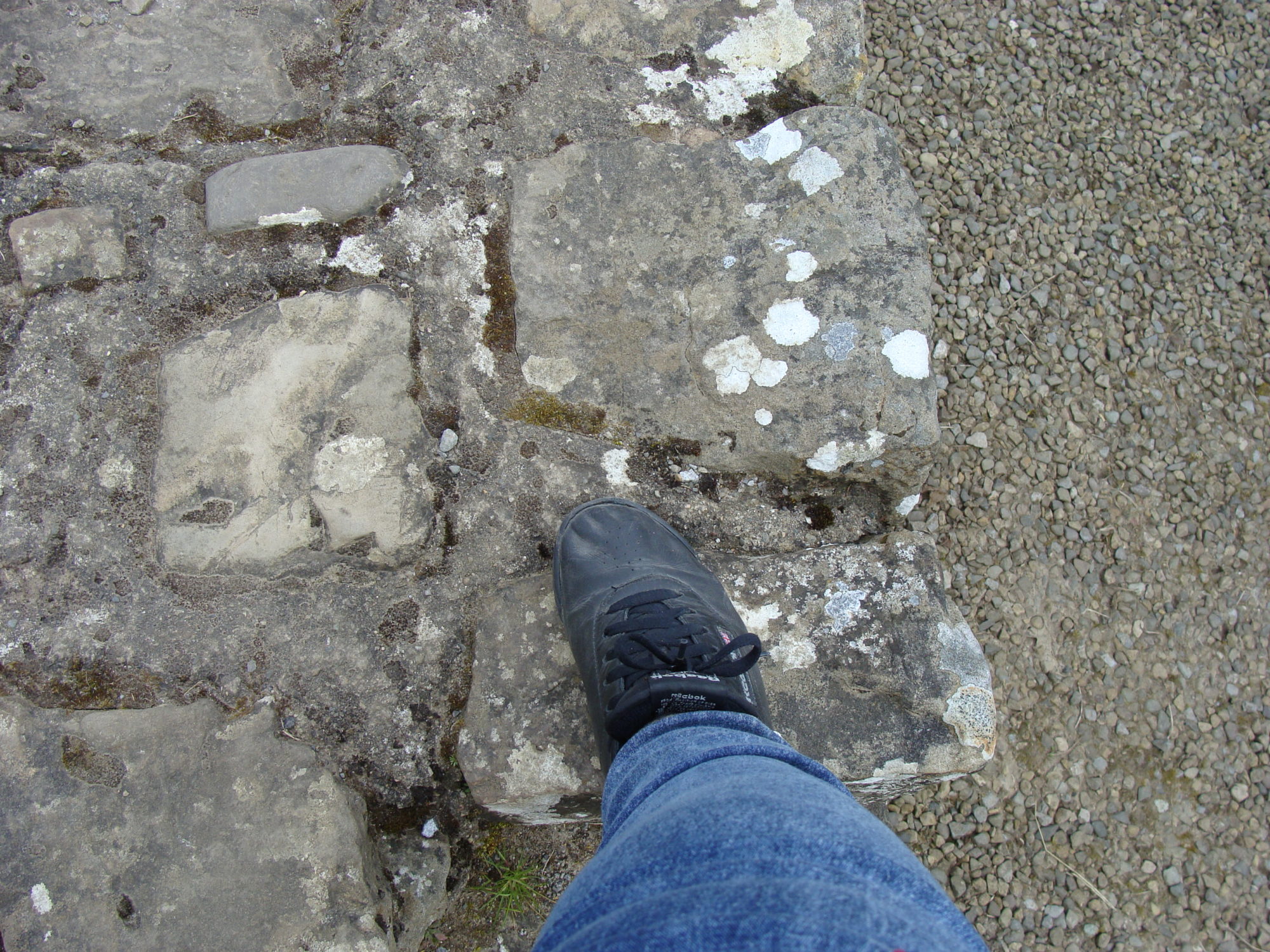Prior to the trip to Paris, I checked out which venues needed a reservation and which I could just purchase a ticket for when I got there. Although reservations weren’t needed for the Musée d’Orsay, I remembered that the last couple times I had been there was a very long and slow line to purchase tickets. Those who already had tickets went right in. So tickets were purchased for me and my friends.
I also booked the Paris Big Bus Hop On Hop Off 48 Hour pass with optional River Cruise on the Seine. Although we could have simply walked through the Tuileries gardens and crossed the river to get to the museum (which was how I had gotten there in the past), I had originally planned to visit the Conciergerie and Sainte Chapelle on Day 1 of using the Hop On Hop Off pass. But Sainte Chapelle required a timed reservation and didn’t have four open slots for the day I planned to go there. So I switched a couple things around and we ended up going to the Musée d’Orsay instead.
We exchanged our vouchers for tickets at the Big Bus office on the Avenue de l’Opera, hopped on the double-decker bus and sat through the next two stops. The first stop was at the Louvre. The second stop was just across the Seine from Notre Dame.
It was nearly 10am when we passed Notre Dame and the crowd was gargantuan. The line to get in was all the way out to the sidewalk behind the Parvis and around the block from there. Those folks were not going to get inside for hours. This was the Thursday before Easter.
The next stop was right across the street from the Musée d’Orsay. The photo I have included here doesn’t look like there was a large crowd, but appearances can be deceiving. The lines near me when I took the photo were all for people like us who had purchased tickets in advance. As you can see, they were nearly empty. The crowd you can see at the back of the photo was of those without advance tickets.
We zipped on through the line to which we were assigned and got right in. Still didn’t seem too crowded inside until we got to the fifth floor. It was packed. So packed that moving around was awkward and being able to actually see the art a challenge. Looking back, I think going Holy Week was the issue. It appeared that a lot of families had school holiday that week and decided that Paris was the place to be.
I still managed to get some decent photos of some of the art. Although my size (lack thereof) makes it difficult to see over people, it does allow me to fairly easily slip in and out from around them. I could slip in, grab a quick photo, and slip out again. Not very conducive to standing and contemplating however. As an Impressionistic-style artist myself, I like to study the brush strokes of the originals. Didn’t quite get to do that this time.
And sitting? All available benches for seated contemplation were covered with swarms of children. They were camped out for the day, playing with their phones, and not moving for anything.
I made sure that I had the Van Gogh paintings covered (we circled that room twice). But I am certain that I missed some of my other favorites entirely – especially a couple of the Degas ballerina paintings, plus some of the Monets, Sisleys, Pissaros and Renoirs.
We were trying not to lose each other while endeavoring to find our favorite painters. Except for a couple of times when I went in for a stealthy photo attack, my one friend kept a hand on me so I wouldn’t disappear entirely.
When we got to the area where one of the clocks from the original railway station that had been converted into the museum was located, the crowds were considerably thinner. The floors other than the fifth (which contained most of the Impressionists and Post-Impressionists), were decidedly less packed full of people. In fact, the last two photos I took ended up being pretty much void of people.
The Degas sculpture shown here is one that I have a much smaller version of at home. Several of the paintings were among those of which I had painted my own versions, such as Monet’s Woman With a Parasol on the right of the two shown, Manet’s Peonies, and the first Degas painting shown. I have started the Van Gogh Starry Night On the Rhone, but it is not completely finished.
Once we viewed what we wanted to see on the other floors, we chose to have some lunch there in the museum. There were two cafés and a restaurant from which to choose. We picked one and settled in for a leisurely lunch before heading out to our next location. Since we had had a very full day the previous day and a full morning, we decided to change up a bit for the afternoon and do the river cruise then instead of saving it for the following day.
When we hopped back on the bus, we rode around until we reached the Eiffel Tower. Then we hopped off and got in line for the opportunity to glide along the Seine watching the city of Paris go by.
Next time –Boat Ride on the Seine























































































































